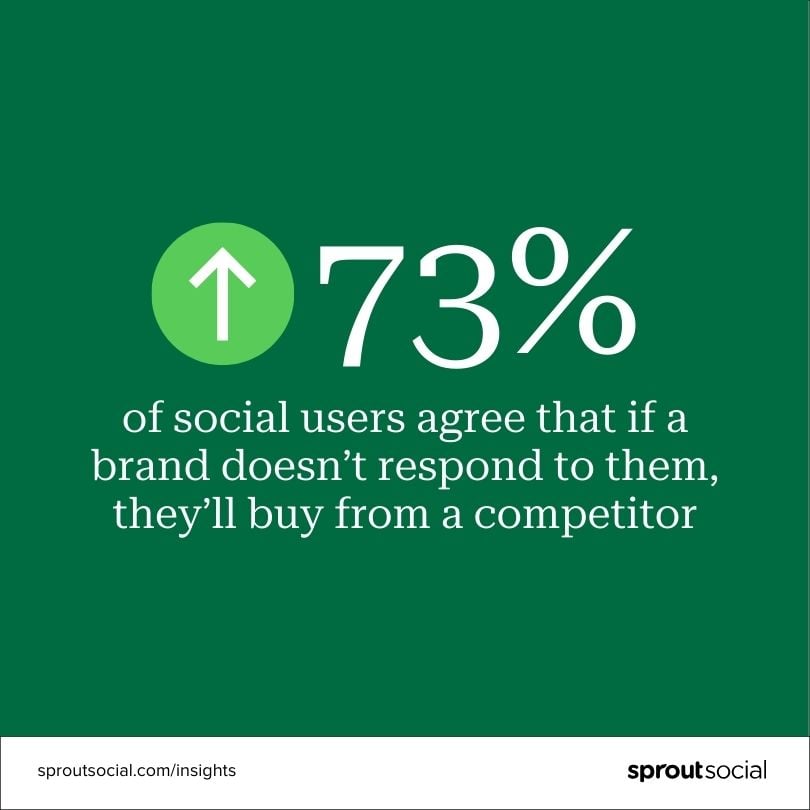Modern CMOs aren’t just running marketing departments anymore. According to Gartner, they’re redefining them.
Gartner’s recent studies shows that only 14% of CMOs are truly effective at shaping the market. These modern CMOs don’t just follow trends, they set them. And they don’t just serve internal stakeholders — they influence enterprise direction, product strategy, and customer experience from the top down.
But what does it actually take to become one of those elite, market-shaping leaders?
Let’s break down the playbook.
The Current CMO Landscape
Let’s not sugarcoat it: the modern CMO is under a microscope.
According to new Gartner research, many marketing organizations are underperforming in the eyes of the C-suite. CEOs and CFOs aren’t just looking for flashy campaigns; they’re looking for revenue-driving, future-shaping leadership. And too many CMOs are stuck reacting instead of redefining.
The plot twist …
“Market shaper” CMOs are 8x more likely to exceed performance expectations.
These aren’t your average marketing execs. Market shapers aren’t just translating enterprise strategy into Q3 goals. Instead, they’re proactively identifying unmet customer needs, shaping demand, and driving the business forward with insight-fueled innovation.
The Gartner CMO survey reveals two clear personas:
-
Enterprise Operators: Great at turning business strategy into action plans, but often reactive and siloed.
-
Market Shapers: Deeply attuned to customer behavior and market shifts, and trusted by the C-suite to drive long-term value.
As Gartner VP Kristina LaRocca-Cerrone puts it:
“Market shaping CMOs are marketers first, executives second.”
They’re fluent in customer needs, but also bold enough to challenge the status quo. And this includes product strategy all the way to enterprise priorities.
The takeaway? To thrive in this era of economic uncertainty and stakeholder pressure, CMOs can’t just market products. Instead, they need to shape the market itself.
The Modern CMO’s Playbook
So, uh, how does one go about “shaping the market”? Luckily, Gartner gave us some clues.
1. Start with Social Listening (Not Assumptions)
Modern CMOs don’t guess what customers want. They know.
How? Because they build strategies on live, unfiltered feedback from social media, reviews, forums, and competitor conversations. This real-time intel exposes emerging pain points, unmet needs, and shifting expectations.
By the way, this all happens long before a survey hits the C-suite.
Social listening is no longer optional. It’s a strategic advantage that fuels faster decision-making and smarter resource allocation. Most importantly, it helps CMOs build brands customers choose again and again.
2. Lead With Insights, Not Just Execution
Too many enterprise marketing teams focus on doing more. But modern CMOs focus on doing the right things — in the right order — based on what the data says.
They use social CX and listening insights to:
- Spot churn signals early
- Uncover product gaps
- Influence positioning
- Guide campaign messaging that resonates (because it’s rooted in reality)
In short, they lead by listening. Then, and only then, they execute with confidence.
Align with Gartner’s Four Market-Shaper Traits
Let’s revisit Gartner’s research. The CMOs who stand out are the ones who:
- Influence customer preference
- Advocate for customer needs at the enterprise level
- Design offerings based on unmet demand
- Guide company response to disruption
Modern CMOs don’t just exhibit these traits. They operationalize them. They bring social insights into every conversation, from product development to boardroom strategy sessions.
For example, when a competitor’s customers complain publicly about missing features, that’s not noise! It’s opportunity. Modern CMOs take those insights straight to product, then own the messaging when the fix rolls out.
Treat Social CX as a Retention Engine
Modern CMOs understand that social media is no longer just a content channel. Conversely, they know it’s their most visible, most volatile, and most valuable retention channel.
Customers expect fast, empathetic responses. They want to be heard. And when they are? They stay longer, spend more, and refer often.
However, if you don’t give them that? Expect them to go elsewhere.

[Source]
That’s why retention-minded CMOs prioritize:
- Social customer care audits
- Care team response times
- Consistent voice and tone
- Social care training and integrations across departments
Because when done right, social CX isn’t just support. It’s a competitive differentiator!
Measure What Matters and Say No to the Rest!
Finally, modern CMOs are ruthless about prioritization.
They ask:
- Does this move the needle for customer satisfaction or loyalty?
- Is this effort backed by data?
- Can we test this in-market before committing?
They skip low-impact projects.
Rather, they focus on what drives meaningful outcomes. And they protect their team’s time and energy by saying no to “fluff work” that doesn’t fuel retention or growth.
Ready to Lead Like a Market Shaper?
If you’re a modern CMO, you can’t afford to operate in the dark. Social listening isn’t a nice-to-have, people! It’s the foundation for smarter strategy, stronger retention, and true market influence.
At B Squared Media, we help CMOs like you turn noise into insight and insight into action.
Want to shape the market instead of reacting to it?
Let’s talk about how our BIC Method™ (Brand, Industry, Competitor Listening) can power your next strategic move.
FAQs: What Today’s C-Suite Really Wants From CMOs
- What is a “market shaper” CMO? A market shaper CMO is a marketing leader who goes beyond executing enterprise strategy—they identify unmet customer needs, shape demand, and proactively influence product, customer, and organizational strategy. According to Gartner, these CMOs are 8x more likely to exceed performance expectations.
- What’s the difference between an enterprise operator and a market shaper? Enterprise operators are tactical—they translate business strategy into marketing actions. Market shapers are strategic—they influence what that strategy should be, based on market insight and customer understanding.
- Why are CMOs struggling to meet expectations? 84% of CMOs report “strategic dysfunction”—confusing, conflicting, or constantly shifting priorities. Many are stuck in short-term cycles and aren’t given the space or support to plan for long-term impact.
- How can CMOs shift from short-term tactics to long-term value? CMOs who plan at least 18 months ahead are 1.5x more likely to be high performers. That means overcoming internal conflict, aligning stakeholders, and anchoring every strategy to the customer.
- What role does customer data play in modern marketing leadership? It’s everything! In volatile conditions, deep customer understanding becomes a superpower. If clean data isn’t available, CMOs must get scrappy—through testing, experimentation, and intentional feedback loops.
- How can CMOs earn more trust from the CEO/CFO? By becoming the customer’s voice at the leadership table. When CMOs use market insights to shape enterprise decisions—product innovation, brand positioning, competitive response—they shift from being a cost center to a strategic growth driver.
Latest posts by Brooke B. Sellas (See All)
- Ready To Find Your Marketing Magic? Take Our Quiz! - November 19, 2025
- Social Media Customer Psychology: Understanding Expectations Elevates Social Care - November 12, 2025
- Seeking A Social Media Mentor? How To Find The Right One To Help You Boost Results That Matter - November 5, 2025














